Tweak those DIY gift recipes by making substitutions that will create the perfect gift for each recipient on your list.
Making substitutions in your DIY herbal recipes
When you are making herbal recipes for gifts or personal use you sometimes want to make substitutions for the ingredients called for in the recipe. It might be because you don’t have an ingredient in your supply cupboard or because you are trying to save money or because the gift recipient has an allergy. Most recipes can be tweaked by substituting one ingredient for another.
Here’s 7 things to keep in mind:
1. Keep a notebook and write down your new recipe.
Anytime you make a substitution of one ingredient for another you are essentially creating a new recipe. The ingredients may behave differently in the new recipe than in the tested recipe you are following. Keep detailed notes so that you can repeat your recipe as needed.
2. When substituting one salt for another salt keep in mind the moisture content of the salt and how it reacts when exposed to humidity.
Dead Sea Salt and Epsom salts have high magnesium content. This makes them draw moisture out of the air. When substituting a salt with high magnesium content in a bath bomb recipe your relative humidity will factor into your success rate. In drier areas like Arizona, you might not see a huge impact. However, in high humidity areas like the Pacific Northwest, the substitution can ruin your recipe. On the other hand, substituting a high magnesium salt in a bath salt recipe can make the bath salt more therapeutic and luxurious, regardless of the relative humidity of your environment.
Celtic Sea Salt or grey sea salt also has a high water content and can cause problems in a bath bomb recipe. These salts work well in bath salts though. So keep this in mind when making substitutions.
Many spa recipes that include salt are using the salt to create an isotonic solution — a solution that is exactly .9% saline or a “normal” saline solution. You can’t just substitute any salt teaspoon for teaspoon in these recipes. Different types of salt have different weights. You want 9 grams of salt per 1 liter of water by weight. Use a gram scale to get an exact salt measurement if you are making a solution that will go inside the body — contact lens solution, nasal irrigation for instance. Weigh your salt or make your best guess if you are creating a saline solution for a bath, foot bath, or hand soak, where the saline solution will be outside the body. For more information about using salt in solution for different spa remedies see my Water Wellness Class here.
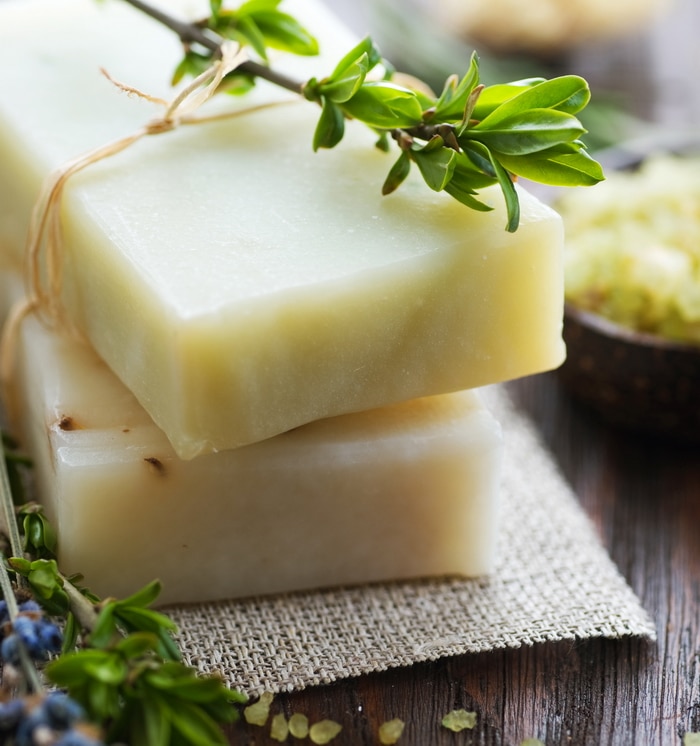
If you’ve never made soap before and want to give it a try this year, see my beginner soap recipe here.
5. Making oil substitutions
You might want to substitute one oil for another oil in a recipe. Keep in mind that when you make a substitution of one oil for another you won’t get exactly the same finished product. This is because natural oils are complicated combinations of fatty acids. Some dry quickly when exposed to air, others remain on the surface and are more slowly absorbed. Also oils in a cosmetic recipe or a salve recipe bring their own therapeutic value to the finished product. When you substitute one oil for another you might lose some of that therapeutic value. Check out this article for a more detailed discussion about making oil substitutions and what you need to keep in mind.
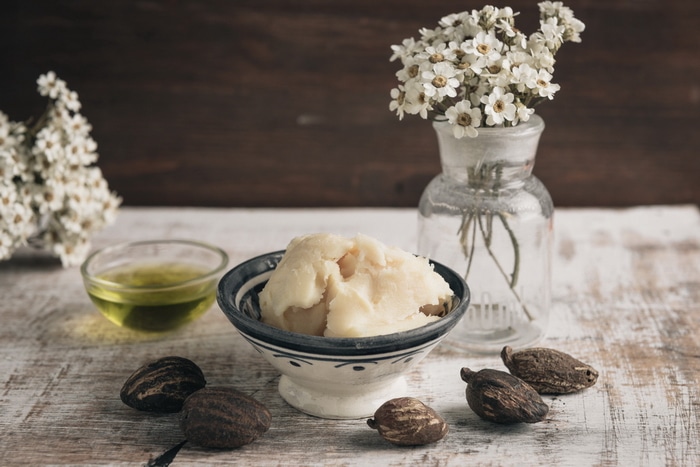
6. Making substitutions for butters
There are a lot of butters that are available to you in your DIY natural cosmetic journey. Some of these are naturally occurring like cocoa butter and Shea butter. Others are created by hydrogenation — using hydrogen gas to change the texture and volume of the oil. Cocoa butter and Shea butter can be substituted for each other in most lotion bar, salve, or body butter recipe.
Shea butter behaves slightly differently than cocoa butter. Cocoa butter has already been tempered when you purchase it. Shea butter can be improved with tempering as well. If you’ve ever had a salve or moisturizer get grainy or seem like it has bits of floating wax in it, it’s often because of the untempered Shea butter in the recipe.
Other butters like mango butter, avocado butter, or coffee butter can be used in salves or moisturizers but the finished product may not be solid at room temperature. Make a small batch and see how the finished product behaves rather than committing to a large batch.
7. Making substitutions for beeswax
When making substitutions for beeswax it’s important to test the new recipe with the intended wax before committing to a large batch. Beeswax is a unique, natural, and renewable wax produced in the wax glands of worker bees. It has unique characteristics and therapeutic benefits not found in waxes of vegetable origin. The closest substitute is bayberry wax, a naturally occurring wax found on the berries of the bayberry bush. Bayberry wax can be substituted teaspoon for teaspoon in most cosmetic recipes. It provides some of the same therapeutic benefits as beeswax.

Other waxes behave differently than beeswax in a recipe — some are harder waxes such as candelilla wax and require half the wax when substituting. Other waxes are softer, such as soy wax and should never be used as a substitute in cosmetic recipes. Understanding your materials allows you to make a best guess when substitutions are necessary.
Keep these 7 tips in mind when you are planning your DIY Christmas Gift making and you will have more fun and enjoy the process. These tips can help you avoid costly mistakes and ensure that your DIY gifts are just right for the loved ones you are creating them for.
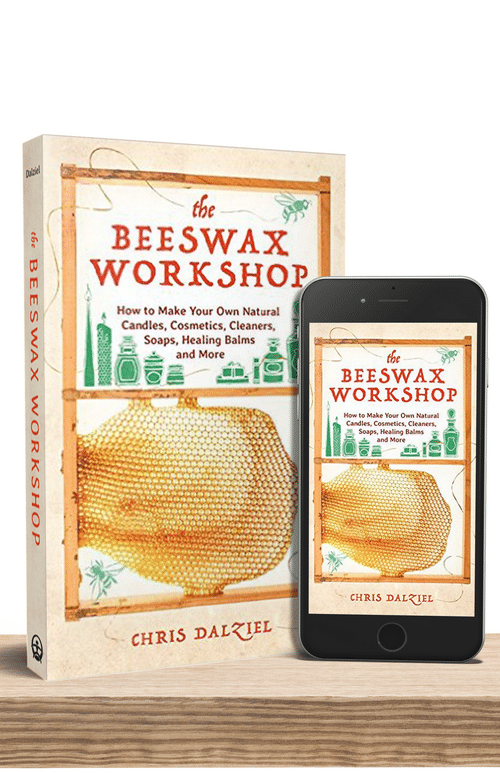
For more inspiration in your DIY Gift making see my book, The Beeswax Workshop, available on Amazon.


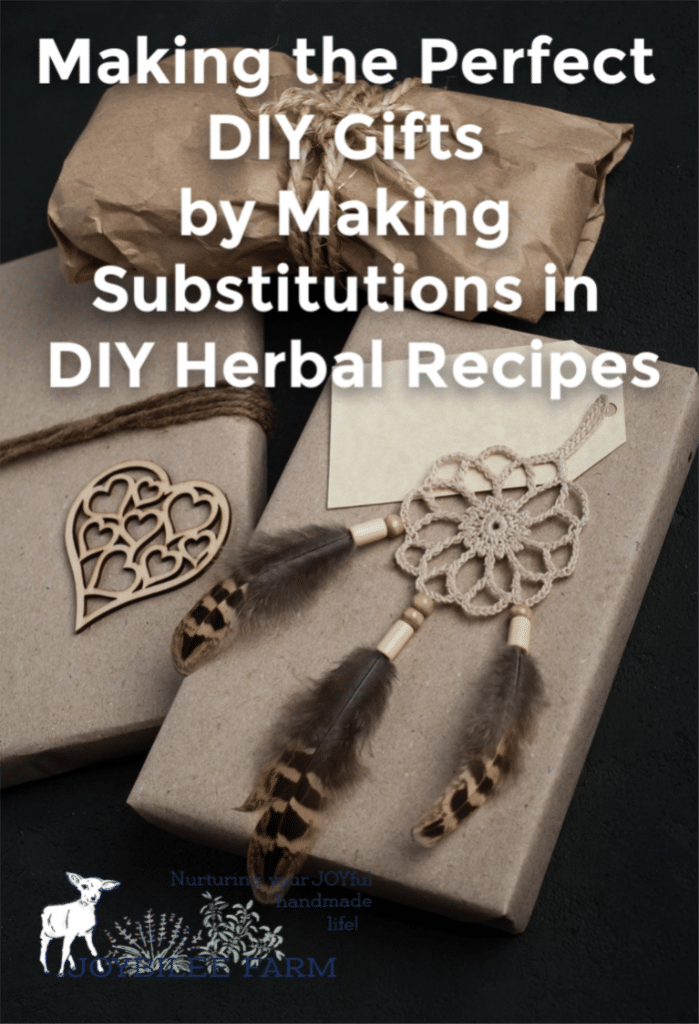

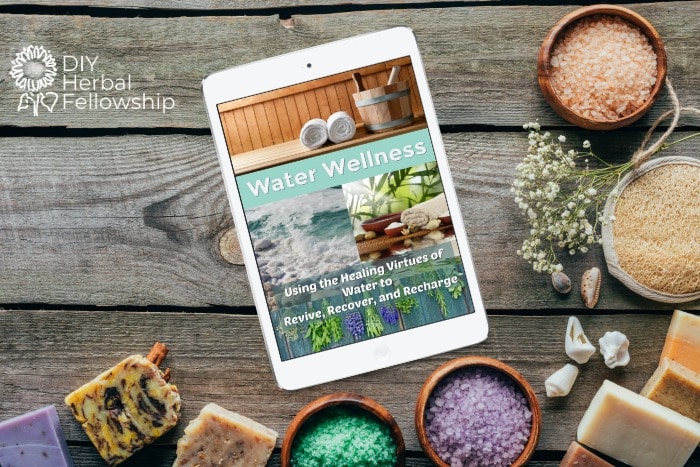

Leave a Reply